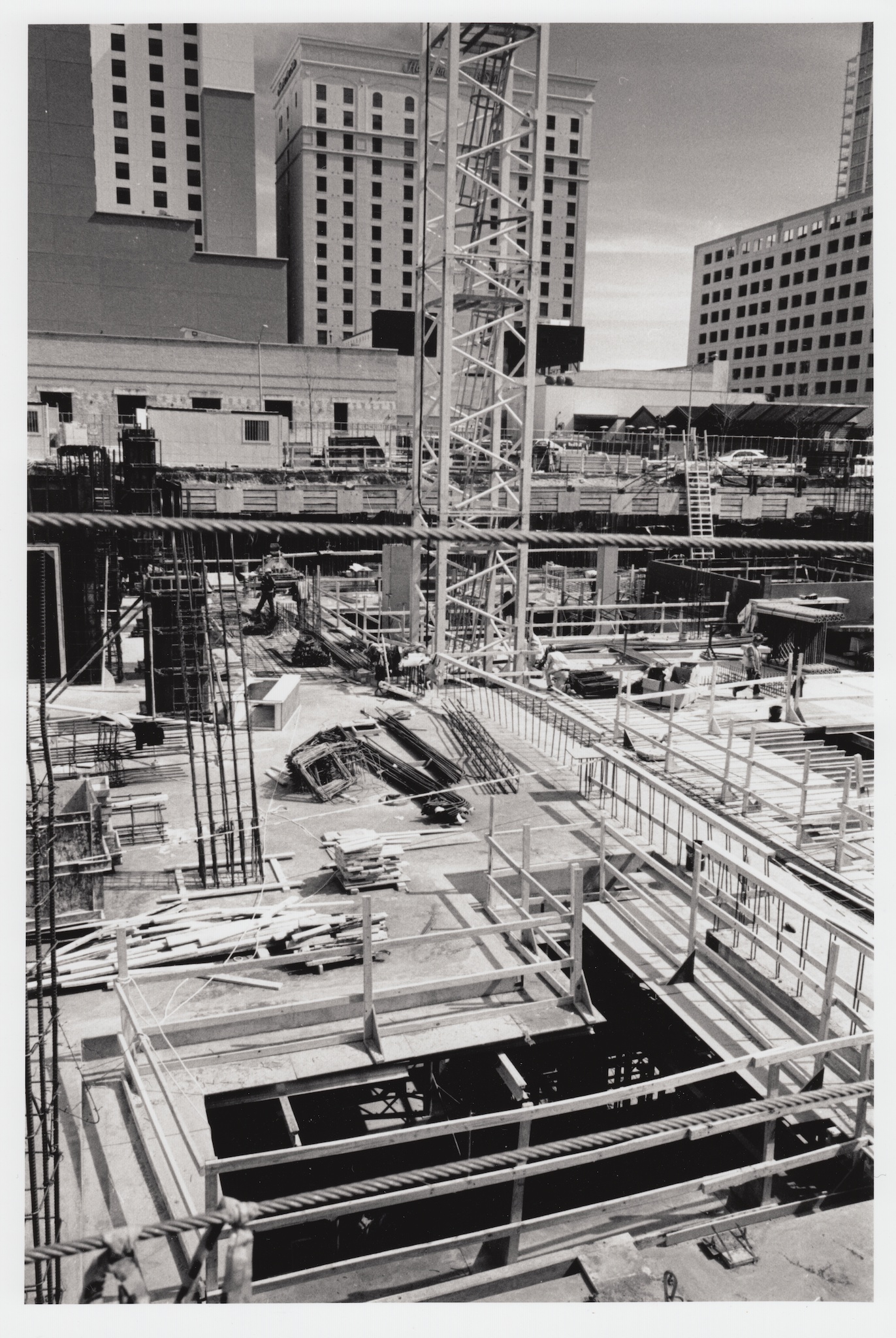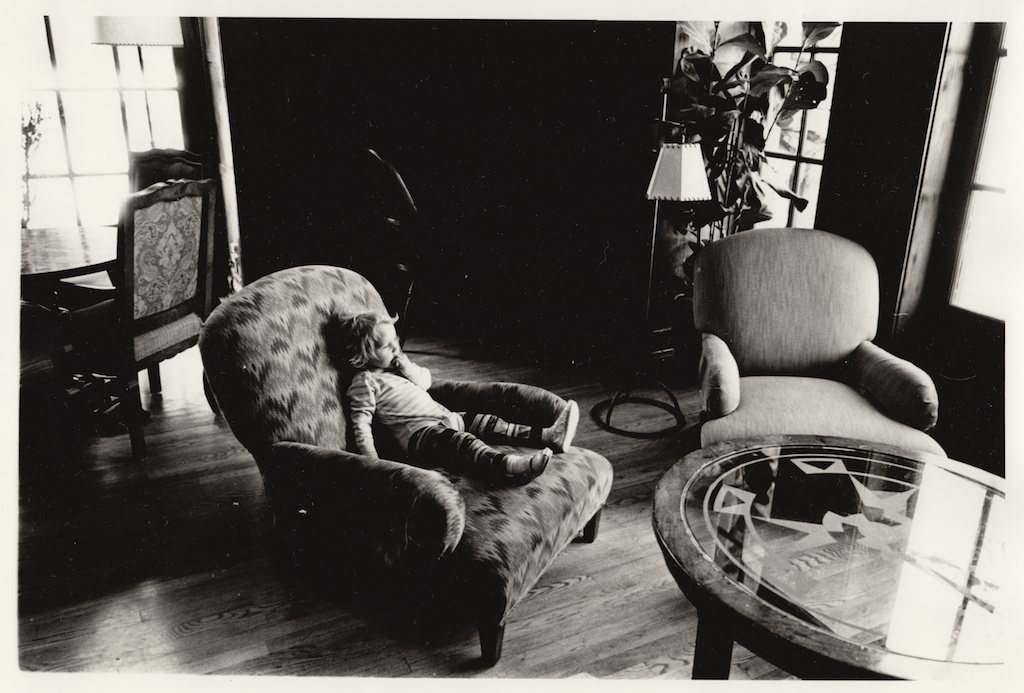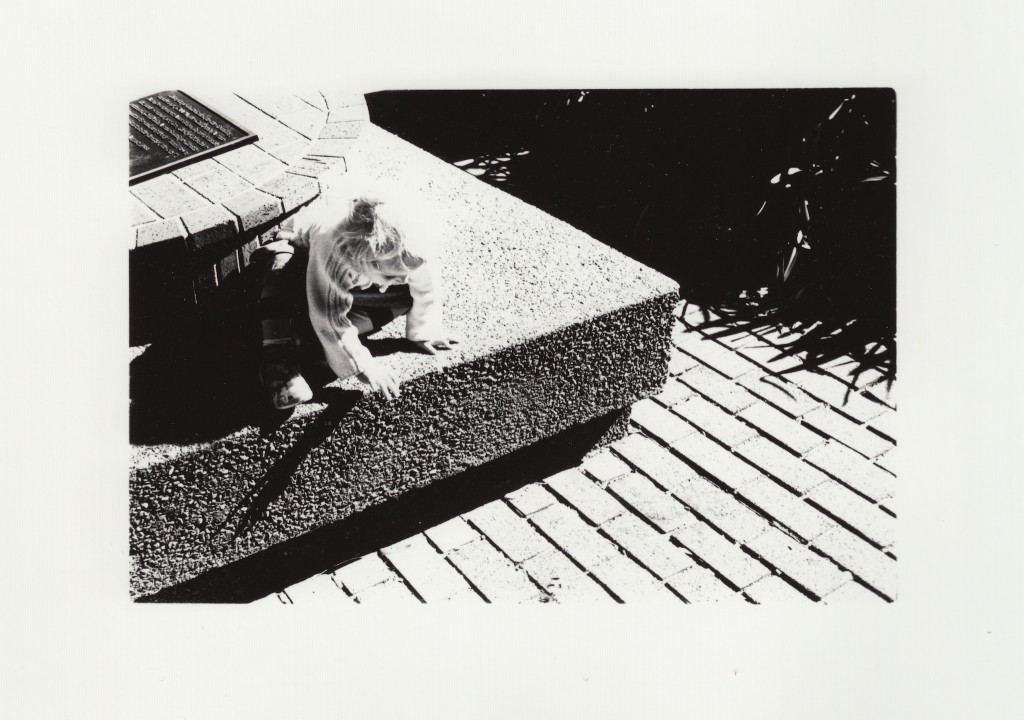Prestressing
I’ve found art, engineering, and organizations have something in common: Prestressing or pretensioning of environment, materials, or people to produce greater results. In being creative, I’ve found prestressing is submerging myself into a process or exploring as many methods as possible with a medium in order to build a form of tension that allows me to sustain and produce. In engineering, it’s the obvious use of prestressing materials in order to compensate for tensile stress:
Prestressed concrete is a method for overcoming concrete‘s natural weakness in tension. It can be used to produce beams, floors or bridges with a longer span than is practical with ordinary reinforced concrete. Prestressing tendons (generally of high tensile steel cable or rods) are used to provide a clamping load which produces a compressive stress that balances the tensile stress that the concrete compression member would otherwise experience due to a bending load. Traditional reinforced concrete is based on the use of steel reinforcement bars, rebars, inside poured concrete.
With a team you are leading, it’s preparing emerging leaders by placing your trust in their abilities beyond their own comfort–seeing beyond what they do now and giving them an opportunity to do more than they believe they can do. You’ve been there, and you know they can do more because you once did more. More means increasing impact by leveraging others, enabling teams to work together, or solving problems previously believed too difficult.
 The trust you place in them is just like tensile steel cable tendons, compressing and balancing the stress of leadership. They become capable of building stronger bridges, longer spans, and bigger projects.
The trust you place in them is just like tensile steel cable tendons, compressing and balancing the stress of leadership. They become capable of building stronger bridges, longer spans, and bigger projects.
Prestressed concrete is the main material for floors in high-rise buildings and the entire containment vessels of nuclear reactors.
Unbonded post-tensioning tendons are commonly used in parking garages as barrier cable.[4] Also, due to its ability to be stressed and then de-stressed, it can be used to temporarily repair a damaged building by holding up a damaged wall or floor until permanent repairs can be made.
The advantages of prestressed concrete include crack control and lower construction costs; thinner slabs – especially important in high rise buildings in which floor thickness savings can translate into additional floors for the same (or lower) cost and fewer joints, since the distance that can be spanned by post-tensioned slabs exceeds that of reinforced constructions with the same thickness. Increasing span lengths increases the usable unencumbered floorspace in buildings; diminishing the number of joints leads to lower maintenance costs over the design life of a building, since joints are the major focus of weakness in concrete buildings.
The first prestressed concrete bridge in North America was the Walnut Lane Memorial Bridge in Philadelphia, Pennsylvania. It was completed and opened to traffic in 1951.[5] Prestressing can also be accomplished on circular concrete pipes used for water transmission. High tensile strength steel wire is helically-wrapped around the outside of the pipe under controlled tension and spacing which induces a circumferential compressive stress in the core concrete. This enables the pipe to handle high internal pressures and the effects of external earth and traffic loads.
I’m seeing emerging leaders now, and I’m watching for opportunities to push them. We have a lot of work to do.
Religion of Light
On John Muir, who’s name marks the trail Jolene is exploring above:
Of sensory perceptions and light
During his first summer in the Sierra as a shepherd, Muir wrote field notes that emphasized the role that the senses play in human perceptions of the environment. According to Williams, he speculated that the world was an unchanging entity that was interpreted by the brain through the senses, and, writes Muir, “If the creator were to bestow a new set of senses upon us . . . we would never doubt that we were in another world. . . “[41]:43 While doing his studies of nature, he would try to remember everything he observed as if his senses were recording the impressions, until he could write them in his journal. As a result of his intense desire to remember facts, he filled his field journals with notes on precipitation, temperature, and even cloud formations.[41]:45
However, Muir took his journal entries further than recording factual observations. Williams notes that the observations he recorded amounted to a description of “the sublimity of Nature,” and what amounted to “an aesthetic and spiritual notebook.” Muir felt that his task was more than just recording “phenomena,” but also to “illuminate the spiritual implications of those phenomena,” writes Williams. For Muir, mountain skies, for example, seemed painted with light, and came to “…symbolize divinity.”[41]:45 He often described his observations in terms of light:
Mural Room

When Jolene walks into a room she tries every seat, just to see what it’s like. I think I will start doing the same again. At what point in life does one stop doing that? Isn’t it better to gather all the different points of view?


